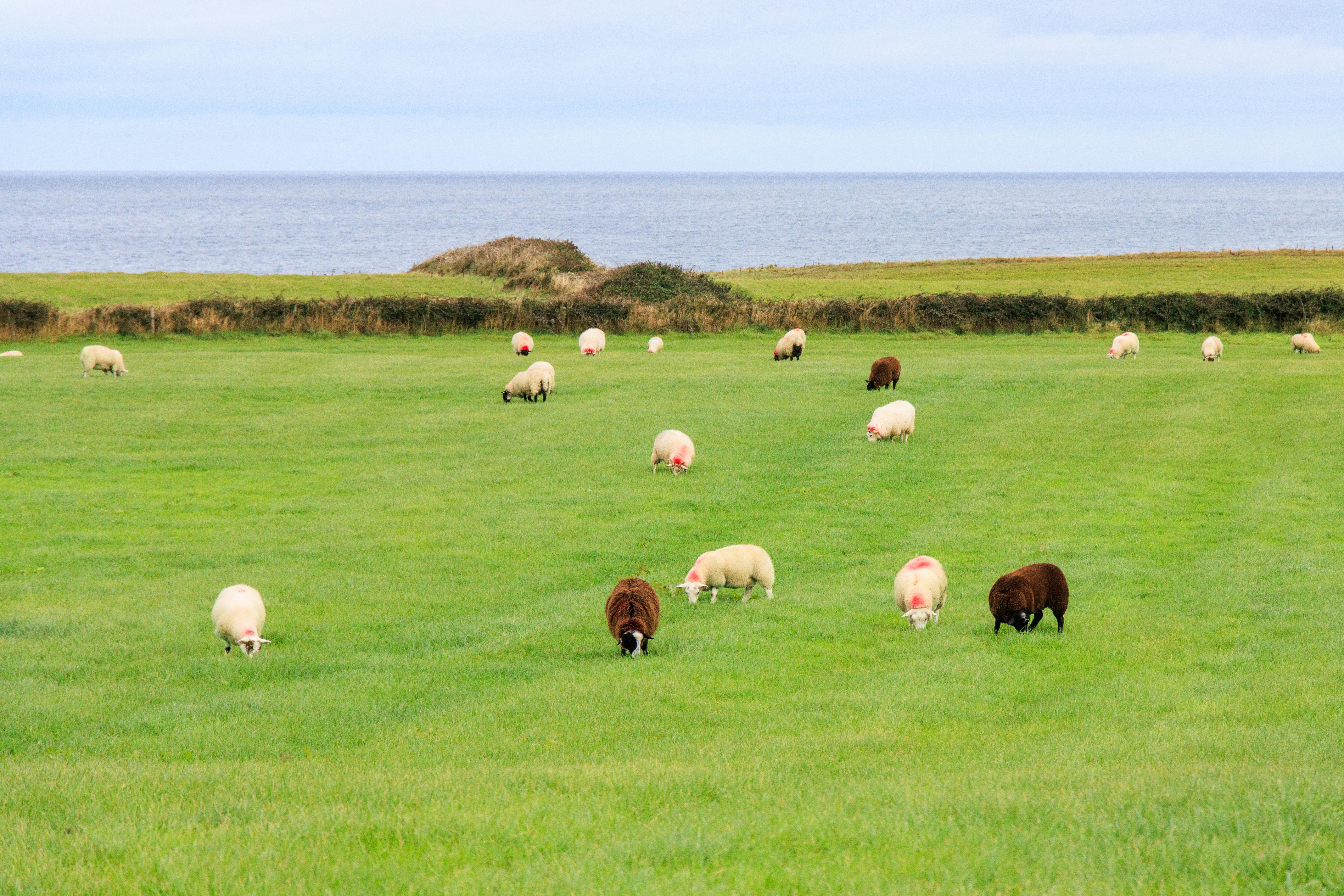
Essential Guide to Caring for Mums: Practical Tips for Thriving Plants in 2025
Mums, or chrysanthemums, are a beloved choice for both indoor and outdoor gardens. Known for their vibrant colors and impressive blooming capabilities, these flowers bring a touch of joy and personality to any space. Caring for mums effectively not only enhances their beauty but also sustains their health and longevity. In this guide, we’ll explore essential mum plant care tips tailored for 2025, ensuring your chrysanthemums thrive throughout the seasons.
This comprehensive article will cover a range of topics, including how to water and fertilize mums, pest control strategies, pruning methods, and best practices for seasonal care. We'll dive into how to choose the right mum varieties, managing their growth cycle, and addressing common problems that may arise. By the end, you'll have a thorough understanding of how to care for these beautiful plants and ensure they flourish in your garden or home.
Whether you’re a seasoned gardener or a beginner, these practical tips and techniques will empower you to create spectacular mum displays that bring life to your surroundings. Let’s embark on this journey to maximize your mum’s potential!
Essential Care Techniques for Thriving Mums
Understanding Watering Needs for Mums
Effective watering is critical for mum health. These plants prefer consistent moisture without becoming waterlogged. Watering mums deeply helps establish strong root systems, particularly during hot weather. Generally, aim to water your mums thoroughly once a week, or more frequently during especially dry periods. Remember, overly dry or soggy soil can lead to stress and disease in your plants.
Sunlight Requirements for Optimal Growth
Mums flourish best when they receive 6 to 8 hours of direct sunlight each day. Placing them in sunny locations promotes vibrant blooms and healthy foliage. However, be mindful of excessive heat, which can stress your plants. During peak summer months, a little afternoon shade can safeguard them from heat stress, while ensuring they receive adequate sunlight during other times.
Fertilizing Mums for Maximum Blooms
Regular fertilization can greatly enhance your mums’ blooming potential. Opt for a balanced fertilizer, such as a 10-10-10 NPK formula, which provides the essential nutrients needed for growth. An initial application of fertilizer in early spring followed by monthly reapplications until the first bloom encourages healthy development. Always follow up with good watering practices to help the nutrients absorb effectively.
Pruning Chrysanthemums for Health and Aesthetics
Pruning is an essential part of mum care, promoting bushy growth and preventing legginess. Begin pruning in spring, cutting back stems to about 6 inches to encourage branching. Once flowering begins, deadheading spent blooms will prolong the flowering season and enhance overall vitality. Carefully managing the shapes and sizes of your mums also improves garden aesthetics, creating a polished look.
Pest Control Strategies for Mums
Mums can be susceptible to pests like aphids and spider mites. Regular inspections can prevent infestations, and if pests are found, organic treatments like neem oil can be effective. It is also wise to attract beneficial insects such as ladybugs, which help manage pest populations naturally. Preventative measures include maintaining plant health and avoiding overcrowding, which discourages pest proliferation.

Seasonal Care Practices for Mums
Spring Care for Mums
In spring, as temperatures begin to rise, it’s crucial to prepare mums for the growing season. Begin with a thorough assessment of your plants, removing any dead foliage and debris. Proper watering and fertilizing kickstart growth after the winter dormancy. Additionally, transitioning outdoor mums to sunnier locations enhances their growth and helps them establish a robust foundation for blooming.
Summer Maintenance for Vibrant Blooms
During summer, focus on hydration and pest control. Consistent watering becomes even more critical, especially during heat waves. In addition, monitoring nutrient levels through regular fertilization can prevent stress. Pay careful attention to the signs of bloom development and adjust care tactics accordingly to maintain vibrant and lush flowers.
Autumn Mum Care for Longevity
As mums approach their blooming phase in autumn, transitioning to a winter prep strategy is essential. Limit watering as temperatures cool down while continuing regular fertilization. Protecting mums from early frost is critical. Use mulch around the base of plants to help insulate roots and shield from cold temperatures. If blooms remain, encourage them to flourish with deadheading and proper hydration.
Winterization Techniques for Mums
Understanding how to winterize your mums is key to their survival. In colder regions, cut back the foliage after the first frost and apply a thick layer of mulch to protect the roots. For indoor mums, reduce watering and provide them with adequate light to prolong their dormancy without stressing the plant. This careful management leads to thriving plants when spring returns.
Identifying Common Mum Problems
Throughout their growth cycle, mums may face various issues such as wilting, discoloration, and pest infestations. Regularly inspect your plants for signs of stress, such as droopy leaves (indicating over or under-watering) or unusual spots suggesting disease. Addressing these problems early can ensure the longevity and health of your mums.

Practical Tips for Enhancing Mum Health and Longevity
Optimizing Soil Conditions for Mums
Mums thrive in well-draining, nutrient-rich soil. Conduct soil tests to gauge pH levels, aiming for a range between 6.0 and 7.0. You can enhance soil quality with organic compost, which adds essential nutrients and improves moisture retention. Furthermore, layering mulch helps manage soil temperature and moisture levels, reducing the need for frequent watering and thus supporting healthy root systems.
Using Mulch to Support Mums
Mulching benefits mums in numerous ways, from regulating soil temperature to suppressing weeds. Use organic materials such as wood chips or straw for mulching, applying a thickness of about 2-3 inches. This practice conserves soil moisture and reduces the frequency of watering while providing nutrients as the mulch breaks down.
Avoiding Common Mums Mistakes
New gardeners often face challenges when caring for mums, with common mistakes including over and under-watering, neglecting plant spacing, and failing to prune effectively. Observing mum health can guide necessary adjustments, helping to maintain overall vigor. Investing time to learn about mum varieties and suitable growing conditions leads to better outcomes and richer blooms.
Promoting Bloom Longevity
Ensuring your mums bloom for several weeks involves managing their environment and care process. Consistent deadheading encourages further bloom production, while adjusting water levels according to seasonal changes keeps plants healthy. Growers should also experiment with different light exposures and soil conditions to find the optimal combination for their specific mum varieties.
Managing Mum Growth Cycles
Recognizing growth cycles helps gardeners strategize watering, fertilizing, and pruning schedules. Mums typically go through several growth stages, from budding to full bloom and dormancy. By tracking these phases, you can tailor your care practices to maximize plant performance and visual impact—ensuring full and vibrant displays during peak seasons.
Q&A: Common Questions about Mum Care
How often should I water my mums?
Mums generally require watering once a week. However, during especially hot or dry spells, increase watering frequency to keep the soil consistently moist but not soggy.
What’s the best fertilizer for mums?
A balanced fertilizer with an NPK ratio of 10-10-10 is ideal for encouraging healthy growth and flowering. Start fertilizing in early spring and continue monthly until blooming stops in the fall.
How can I protect my mums from frost?
To protect your mums from frost, cover them with burlap or mulch during cold nights or create a temporary greenhouse effect with plant covers. This strategy prevents frozen roots and maintains plant health.
What are the signs of stress in mums?
Common signs of mum stress include wilting leaves, discoloration, and stunted growth. Late detection of these issues can negatively impact blossom performance and overall health.
Are there companion plants for mums?
Yes, companion plants such as ornamental grasses, asters, and sedums work well when planted alongside mums, enhancing aesthetics while providing additional resilience against pests and diseases.